Bringing a new reptile into your home is an exciting time, but responsible ownership begins with proper quarantine procedures. Quarantine isn’t just a precaution—it’s an essential step that protects both your new pet and any existing reptiles in your collection. This period of isolation allows you to monitor your new reptile for health issues that might not be immediately apparent, prevents the spread of potential diseases, and gives your pet time to acclimate to its new surroundings with minimal stress. Whether you’re a first-time reptile owner or expanding your collection, understanding how to implement an effective quarantine can make the difference between a thriving pet and costly veterinary bills or heartbreaking losses.
Understanding Why Quarantine Is Essential
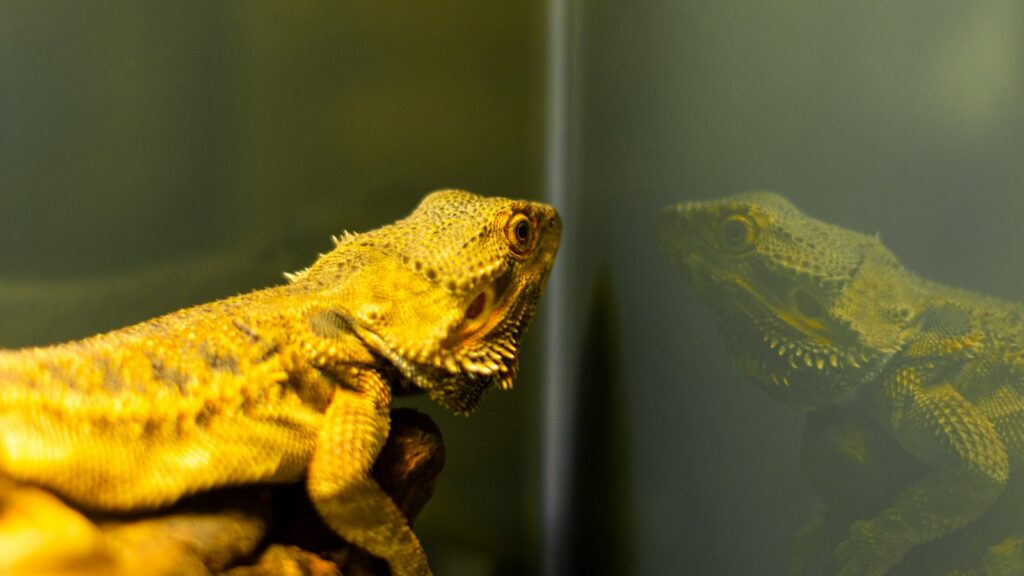
Quarantine serves as a critical first line of defense against the introduction of pathogens into your reptile collection. Many reptiles can appear perfectly healthy while harboring parasites, bacteria, or viruses that could devastate your existing animals. These “subclinical infections” may not show symptoms in a carrier animal but can cause severe illness when transmitted to another reptile with a different immune response. Additionally, the stress of relocation can suppress a reptile’s immune system, allowing dormant infections to manifest days or weeks after bringing your new pet home. By implementing a proper quarantine, you create a controlled environment where you can identify and address health issues before they become emergencies or spread to other animals. This process is not optional but should be considered mandatory for responsible reptile keeping.
Determining the Proper Quarantine Duration

The appropriate length of quarantine varies depending on the species, source, and individual circumstances of your new reptile, but generally, a minimum of 30–90 days is recommended. Reptiles acquired from pet stores or reptile expos, where they’ve been exposed to numerous other animals, should undergo longer quarantine periods of at least 90 days. Those obtained directly from reputable breeders might require a minimum of 30–60 days, though extending this period is always safer. Certain parasites and viral infections can take weeks or even months to manifest visible symptoms, making shorter quarantine periods inadequate for proper disease detection. Remember that patience during this period is rewarded with a healthier collection long-term, and rushing or shortening quarantine puts all your reptiles at risk. Consider quarantine duration as an investment in your pet’s future health rather than an inconvenience.
Setting Up a Proper Quarantine Space

Your quarantine enclosure should be located in a completely separate room from your existing reptiles, ideally with its own ventilation system to prevent airborne pathogen transmission. The quarantine setup should replicate the permanent habitat in terms of temperature gradient, humidity, UVB lighting, and appropriate substrate, ensuring your new pet’s basic husbandry needs are met during isolation. Choose an enclosure that’s simple to clean and disinfect, avoiding porous materials that can harbor pathogens. Temporary quarantine enclosures don’t need elaborate decorations; instead, focus on providing adequate hides, proper lighting, and appropriate thermal gradients based on the species’ requirements. The space should be quiet and low-traffic to minimize stress during this adjustment period, as excessive stress can suppress the immune system and mask or exacerbate health issues you’re trying to identify.
Essential Supplies for Effective Quarantine
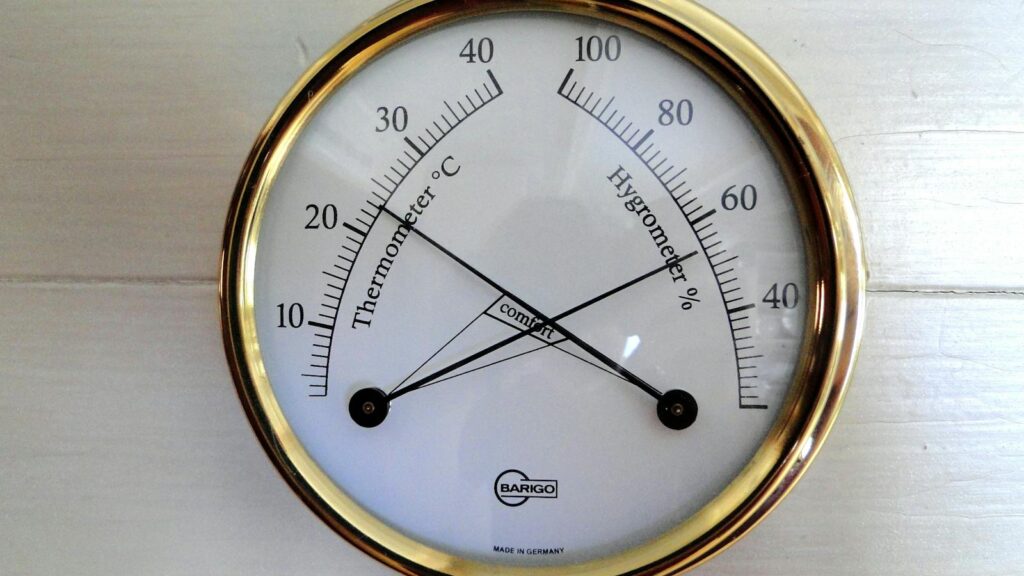
Establishing an effective quarantine requires dedicated supplies that never cross-contaminate with your existing collection. Purchase separate feeding tools, water dishes, substrate, cleaning supplies, and handling equipment specifically designated for quarantine use. A digital thermometer and hygrometer are essential for monitoring environmental parameters, ensuring stress isn’t being caused by improper temperature or humidity levels. Keep a quarantine journal to track feeding responses, defecation, weight changes, and any behavioral or physical abnormalities you observe. Disposable gloves, hand sanitizer, and a hospital-grade disinfectant such as F10SC or chlorhexidine should be readily available for maintaining hygiene protocols. Additionally, prepare a basic quarantine first aid kit containing betadine solution, saline for wound cleaning, digital scale for weight monitoring, and contact information for an experienced reptile veterinarian in case emergency treatment becomes necessary.
Implementing Proper Biosecurity Practices
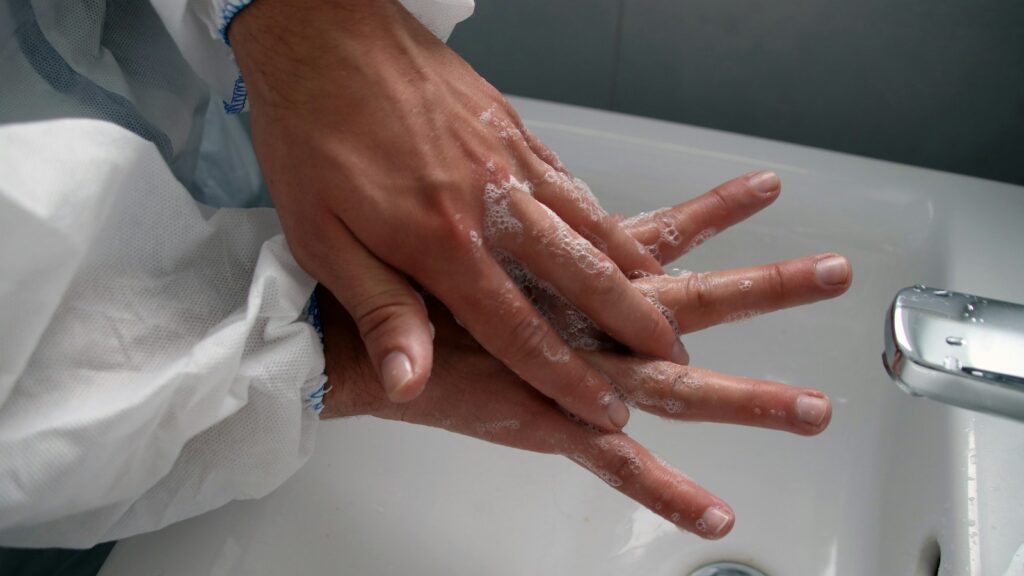
Biosecurity during quarantine involves strict protocols to prevent disease transmission between your quarantined reptile and existing collection. Always work with your established, healthy animals first, saving quarantined reptiles for last in your daily care routine to avoid accidentally carrying pathogens from the quarantine area to your main collection. Change clothes after handling quarantined animals, or wear designated quarantine clothing like scrubs or a lab coat that remains in the quarantine room. Implement a hand-washing station outside your quarantine area with antimicrobial soap and warm water, scrubbing thoroughly for at least 20 seconds after each interaction. Consider using footbaths containing disinfectant solution at the entrance and exit of your quarantine room to sanitize shoe bottoms. Remember that some pathogens can travel on air currents, so minimize unnecessary opening of enclosures and maintain negative air pressure in quarantine rooms when possible to prevent airflow from quarantine areas to main collection spaces.
Initial Health Assessment and Documentation

Within 24–48 hours of acquiring your new reptile, perform a thorough visual examination to establish a baseline health record. Note the animal’s weight, activity level, muscle tone, skin or scale condition, and any visible abnormalities around the eyes, mouth, vent, or extremities. Take clear, well-lit photographs from multiple angles to document the animal’s appearance upon arrival, which will serve as valuable comparison points throughout the quarantine period. Closely examine the enclosure after the first few days for normal fecal matter, which should be consistent in color and texture according to the species’ typical droppings. Establish a regular weighing schedule—weekly for juveniles and bi-weekly for adults—using a digital scale, as weight fluctuations can be early indicators of health issues before other symptoms appear. This initial assessment serves as your reference point for all subsequent observations and will help you identify subtle changes that might indicate developing health problems.
Veterinary Screening and Preventative Testing
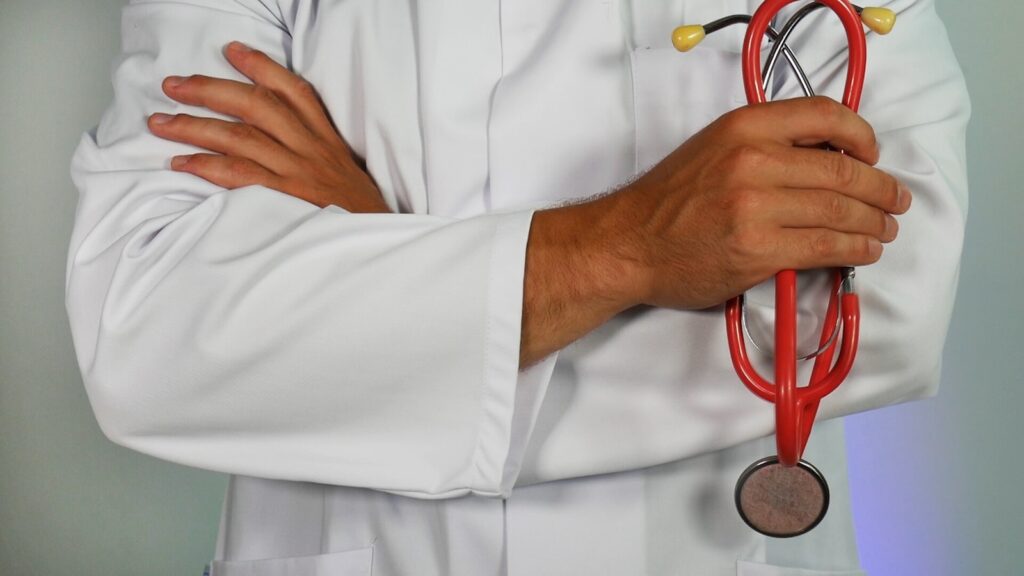
Schedule a veterinary appointment with an experienced reptile veterinarian within the first 1–2 weeks of quarantine for a professional health evaluation. Many reptile specialists recommend a comprehensive fecal examination to screen for internal parasites, which are common in newly acquired reptiles even from reputable sources. Depending on the species and circumstances, your veterinarian may recommend additional diagnostic tests such as bloodwork to assess organ function, oral or cloacal swabs to check for specific pathogens, or radiographs to evaluate bone density and internal structures. For higher-risk situations—such as wild-caught specimens or animals from unknown sources—more extensive testing might include PCR testing for specific viral pathogens like inclusion body disease in boas and pythons or herpesvirus in chelonians. Establishing a relationship with a knowledgeable reptile veterinarian during quarantine also ensures you have medical support ready should health issues arise later.
Addressing Common Parasites During Quarantine
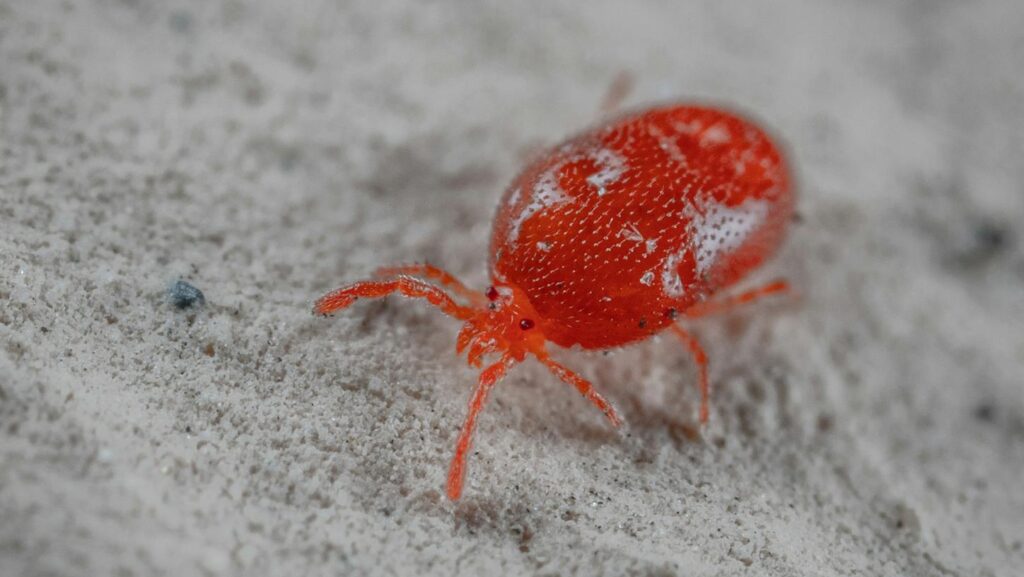
Internal and external parasites represent some of the most common health concerns discovered during reptile quarantine. Mites, tiny external parasites visible as small moving black or red dots primarily around the eyes, heat pits, or between scales, require immediate treatment with appropriate antiparasitic medications and complete enclosure disinfection. Internal parasites such as pinworms, hookworms, coccidia, and cryptosporidium may be detected through fecal testing and treated with species-appropriate deworming protocols prescribed by your veterinarian. Some veterinarians recommend prophylactic parasite treatment during quarantine even with negative fecal results, as parasites can have cyclical shedding patterns that might not be detected in a single sample. Always complete the full course of any prescribed antiparasitic treatment, even if symptoms appear to resolve quickly, to prevent reinfestation or incomplete elimination of the parasite. Follow-up fecal testing after treatment completion helps confirm the parasites have been successfully eliminated before ending quarantine.
Monitoring Feeding and Digestion Patterns
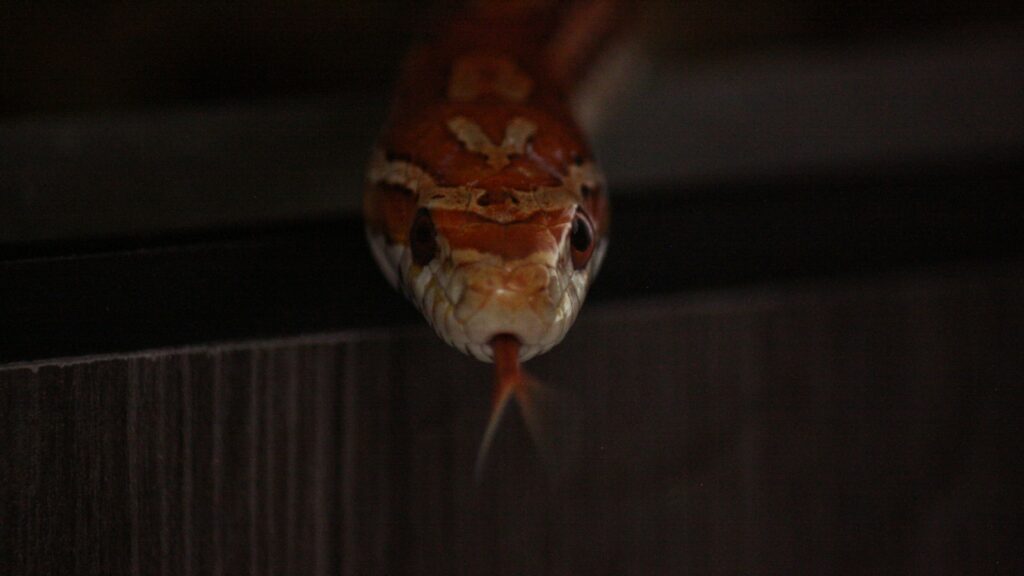
Establishing normal feeding patterns provides crucial insight into your reptile’s overall health during quarantine. Carefully document each feeding attempt, including the type and size of food offered, whether the reptile accepted or refused the meal, and how enthusiastically it fed. Some reluctance to feed initially is normal due to relocation stress, but prolonged refusal beyond species-specific expectations warrants veterinary consultation. Equally important is monitoring the digestion process after successful feedings—healthy reptiles should produce waste within a species-appropriate timeframe following meals. Abnormal stool consistency, color, or frequency can indicate digestive issues, while regurgitation (bringing up partially digested food) is a serious sign requiring immediate veterinary attention. Weight maintenance or appropriate weight gain during quarantine, despite the stress of relocation, generally indicates good health, while unexplained weight loss even with regular feeding suggests underlying health concerns that should be investigated before concluding quarantine.
Addressing Respiratory Infections During Quarantine

Respiratory infections are among the most common health issues that manifest during reptile quarantine and must be addressed immediately. Watch vigilantly for symptoms including wheezing, bubbling around the nostrils or mouth, open-mouth breathing, abnormal posturing with the neck extended, or audible breathing sounds. These infections often develop due to shipping stress or improper temperature gradients during transport or in previous housing situations. If you observe any respiratory symptoms, promptly adjust husbandry parameters to ensure optimal temperature and humidity levels before seeking veterinary care, as respiratory infections rarely resolve without appropriate antibiotic treatment. Your veterinarian may collect respiratory samples for culture and sensitivity testing to identify the specific pathogen involved and determine the most effective antibiotic treatment. Full recovery from respiratory infections typically requires 2–4 weeks of treatment followed by another 2–4 weeks of observation to ensure the infection has completely resolved before ending quarantine.
Managing Stress During the Quarantine Period
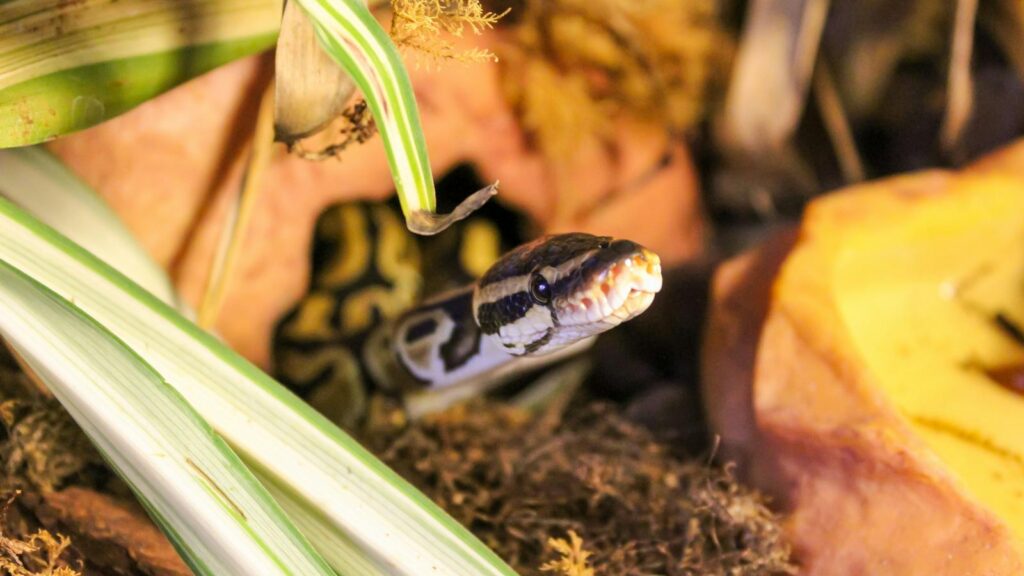
Minimizing stress during quarantine is crucial for accurate health assessment and promoting recovery from the inevitable stress of relocation. Create visual barriers around the quarantine enclosure to reduce the reptile’s exposure to household activity, and limit handling to only what’s necessary for health checks or enclosure maintenance. Provide adequate hiding spots appropriate to the species—arboreal species benefit from elevated hides while terrestrial species need ground-level retreats where they can feel secure. Maintain consistent day/night cycles with appropriate lighting duration for the species, avoiding sudden changes in photoperiod that can increase stress levels. Keep ambient noise to a minimum near the quarantine area, as many reptiles are sensitive to vibrations and loud sounds. Remember that stress suppresses the immune system, potentially masking symptoms of illness or making the animal more susceptible to opportunistic infections, so creating a calm, predictable environment contributes significantly to both accurate health assessment and overall quarantine success.
When to Extend the Quarantine Period
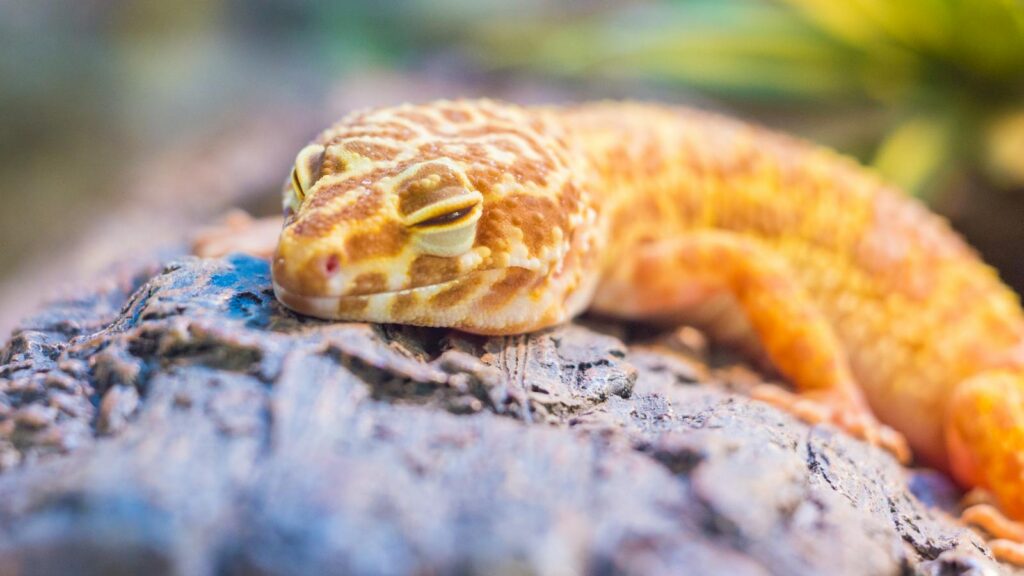
Certain situations necessitate extending quarantine beyond the initial planned duration to ensure complete health verification. Any significant illness discovered during the standard quarantine period resets the clock—the minimum quarantine should extend at least 30–90 days after all symptoms have resolved and treatments have been completed. Reptiles that have undergone parasite treatments should have follow-up fecal examinations to confirm complete elimination before quarantine concludes. Inconsistent or poor feeding responses may indicate underlying health issues requiring extended observation and possibly additional diagnostic work. Animals showing any behavioral abnormalities like unusual lethargy, aggression, or neurological symptoms should remain in quarantine until these behaviors normalize and medical causes have been ruled out. Remember that extending quarantine is always a conservative choice with no negative consequences beyond inconvenience, while prematurely ending quarantine can have devastating impacts on your entire collection if an undetected pathogen spreads.
Transitioning from Quarantine to Permanent Housing
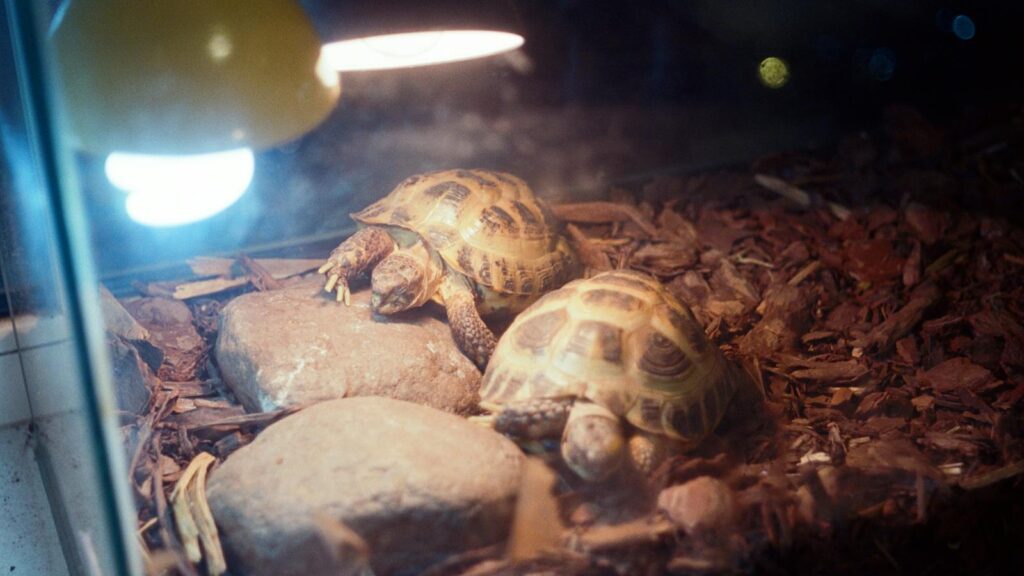
The final transition from quarantine to permanent housing should occur only after your reptile has consistently demonstrated good health for at least the last third of the quarantine period. Before making the move, perform one final health check, comparing current condition to your initial documentation to verify improvements or stability in all health parameters. Thoroughly disinfect the permanent enclosure and all accessories with appropriate reptile-safe disinfectants, allowing sufficient time for complete drying and chemical dissipation before introducing your pet. Consider making the permanent enclosure similar to the quarantine setup initially, then gradually adding enrichment items to prevent stress from sudden environmental changes. Continue monitoring feeding, behavior, and waste elimination closely for the first few weeks after the transition, as the move itself can cause temporary stress even to a healthy animal. If introducing your reptile to an enclosure with existing animals (in the case of compatible communal species), do so gradually with supervised interactions before permanent cohabitation.
Quarantining new reptiles isn’t just a precautionary measure—it’s a fundamental responsibility of ethical reptile keeping that protects both your new pet and any existing collection. While the process requires patience, dedicated space, and consistent monitoring, the investment pays tremendous dividends in preventing disease transmission and establishing a healthy foundation for your reptile’s life in your care. Remember that no quarantine protocol is completely foolproof, but implementing the comprehensive approach outlined above dramatically reduces health risks and gives you valuable time to build a relationship with your new pet under controlled circumstances. By committing to proper quarantine procedures, you demonstrate the kind of thoughtful, responsible ownership that contributes to both the individual welfare of your reptiles and the broader standard of care within the reptile-keeping community.

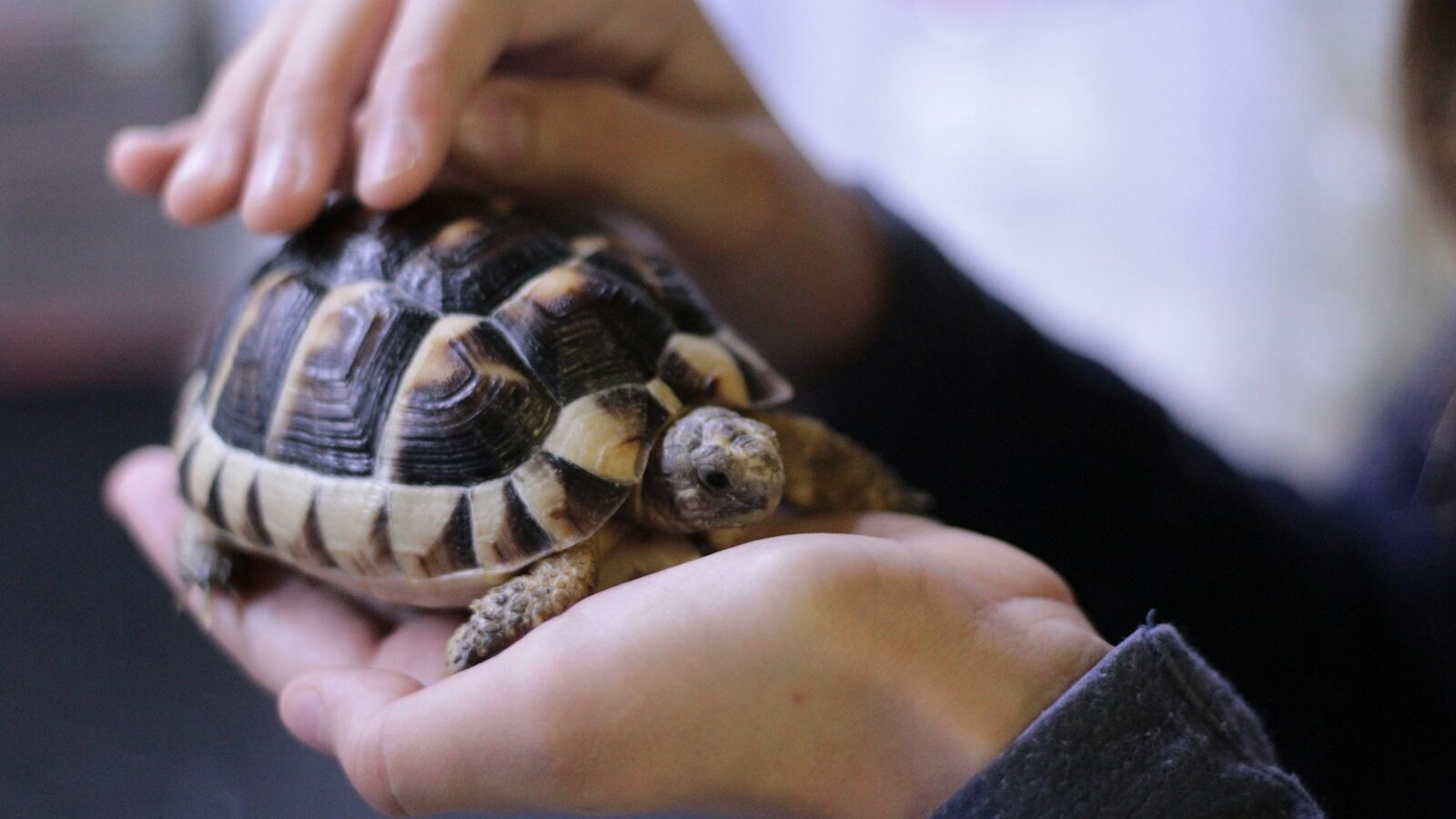







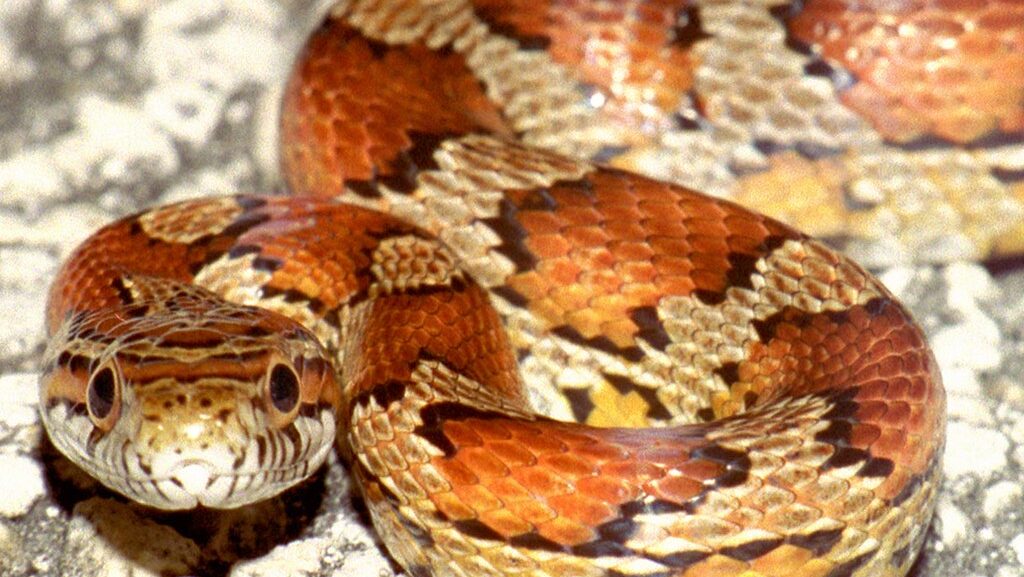
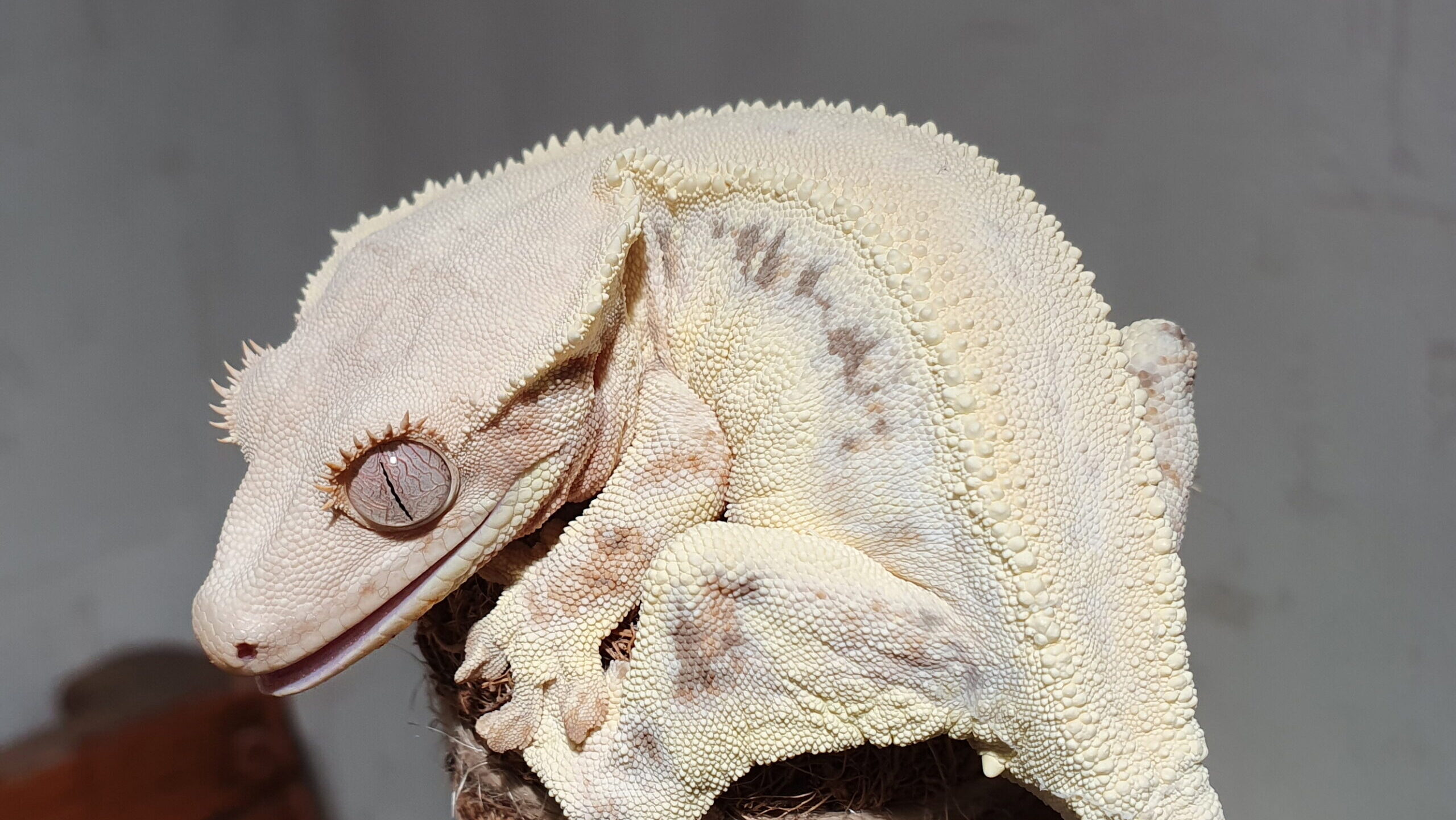





Leave a Reply